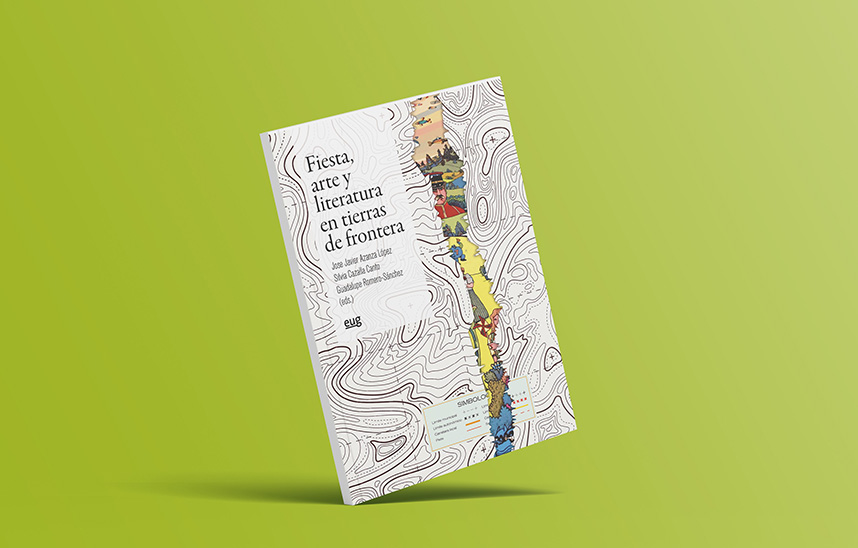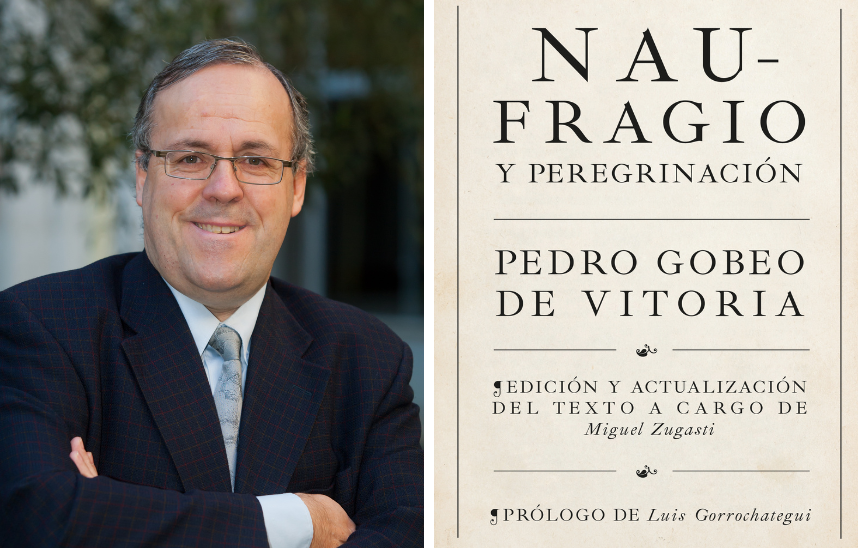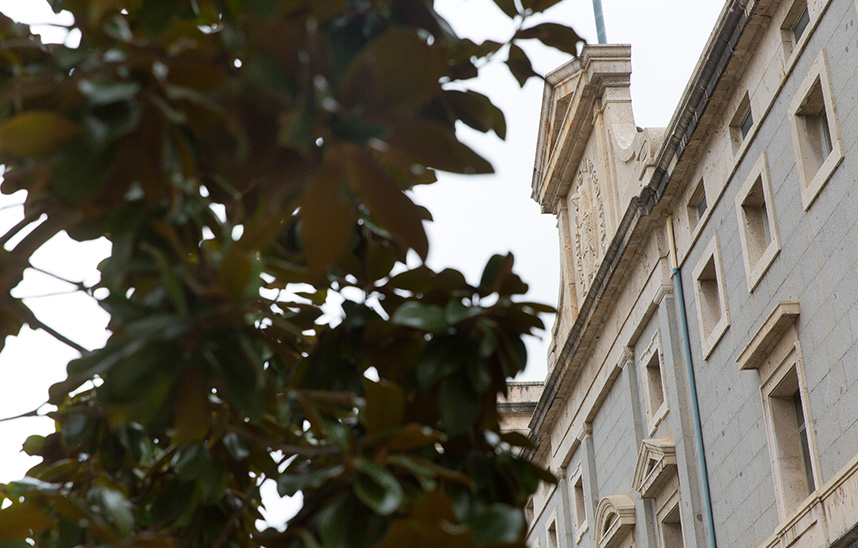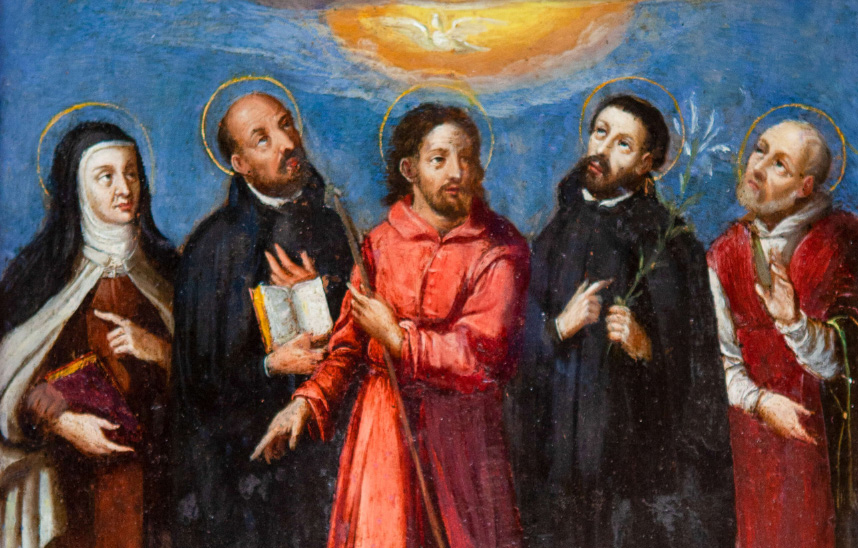2023_06_14_FYL_congreso_internacional
More than one hundred specialists in Ibero-American cultural heritage meet quotation at an international congress at the University of Navarra.
Coordinated by the group Triviun of the School of Philosophy and Letters, it brought together experts from 15 countries.

FotoManuelCastells/The congress International network of Researchers on Cultural Heritage was held from June 14 to 16 at the University of Navarra.
The sugar mills in Cuba; the Russians and the expansion of the Spanish Empire in Alta California; the projection of the city of Ceuta through its intangible heritage; myths and rites of the sacred volcanoes in northern Patagonia; death in the Andean world; the political uses of cultural heritage in relation to the indigenous; historical and literary shipwrecks recently rescued from oblivion, such as that of Pedro Gobeo de Vitoria; the oil paintings of the convent of the Discalced Carmelites of Puebla de los Ángeles; food as a cultural manifestation of the Colombian diaspora in Barcelona; or the costumes of Eva Perón as heritage in tension in contemporary Argentina.
These are some of the issues that were discussed at the III International congress of the network of Researchers on Ibero-American Cultural Heritageinaugurated on June 14 at the School of Philosophy and Letters of the University of Navarra. Under the degree scroll "Iberoamerica multicultural, tradition and modernity", the papers and communications were framed around eight major themes: literature and its didactics; art and visual culture; history; anthropology; archival and museology; intangible heritage; habitat; and others .
Organized by the group Triviun (Theater, Literature and Visual Culture of the University of Navarra) and coordinated by professors Miguel Zugasti and Ana Zúñiga, the meeting brought together 111 specialists in Ibero-American cultural heritage from 15 countries: Argentina, Bolivia, Brazil, Chile, Colombia, Costa Rica, Cuba, the United States, Slovenia, Spain, France, Italy, Mexico, Peru and Uruguay. Other participants included the participation of Argentine archaeologist Constanza Ceruti, winner of the 2006 Prince of Asturias National Geographic Awards and one of the discoverers of the three best preserved mummies in history, as well as the Chilean artist Rodrigo Piracés, who presented his recently published book "Versobjeto" (Versobject).
This congress is part of the activities planned by the network of Researchers on Ibero-American Cultural Heritage, promoted by the Universidad Privada de Santa Cruz de la Sierra (UPSA), the Fundación Visión Cultural (Bolivia), the group of research of Peruvian Oral Tradition (Lima, high school Riva-Agüero ) and the group of research TriviUN of the University of Navarra. It is also part of the project Redes 2022 "Ceremony, festivity and collecting in the Hispanic monarchy. From the end of the Middle Ages to the Modern Age (XV-XVIII centuries)", funded by the Ministry of Science and Innovation.





